ABSTRACT
Corporate Social Responsibility is a wonderful but still new concept in the business arena. We have researched through a lot of literature with different views about this topic. Some writers saw CSR as a concept that businesses can adopt when they feel like because, according to them, there are no inherent benefits accruable from such practices whereas a majority of others are in support of CSR. We have, in this research, demonstrated that, indeed, there are a lot of benefits to business organizations from the discharge of CSR measures.
In this study, we have concentrated on the responses of the three major stakeholders in any business venture, whose decisions and actions either improve or mar the success of a business. These are the employees, the customers, and the suppliers. To reduce variableness and biasness, we made use of the primary and secondary data. The primary data were by face-to-face interview while the secondary data were by books, articles and other published materials.
The interview was structured in nature. We also introduced the sub-analytical factors which enabled us to evaluate the feedback from the respondents. The questions were framed around these factors and responses to them were carefully noted. Since these factors are instrumental to the growth and development of business organizations, we used them as strong analytical tools to determine how respondents react with issues concerning CSR.
Our analysis and conclusion were based on the results of the interviews from the companies and organizations in Sweden, Denmark and Nigeria. We have quantified our results by the Likert Scale, and the results pointed that there is a positive correlation between CSR and the growth and development of companies. Our results also showed that with respect to CSR and the three business stakeholders studied, employees increase growth and development of companies the most, followed closely by customers, and then by suppliers.
Furthermore, we x-rayed the limitations or difficulties we encountered in the course of this study. We mentioned that time and the availability of data were our greatest constraints. We also did not fail to give recommendations which we believed will be of immense benefits to firms and business organizations if adhered to.
RESEARCH METHODLOGY
These are collected through survey which “depends heavily on the process of sampling and on asking questions through questionnaires, interviews or observations” (Walliman 2005, p.275). They are those data obtained by direct observation and measurement of the natural phenomenon. We will carry out a series of interview as our primary method of data collection. The figure below shows the sources of primary data as outlined by Ghauri and Gronhaug (2005).
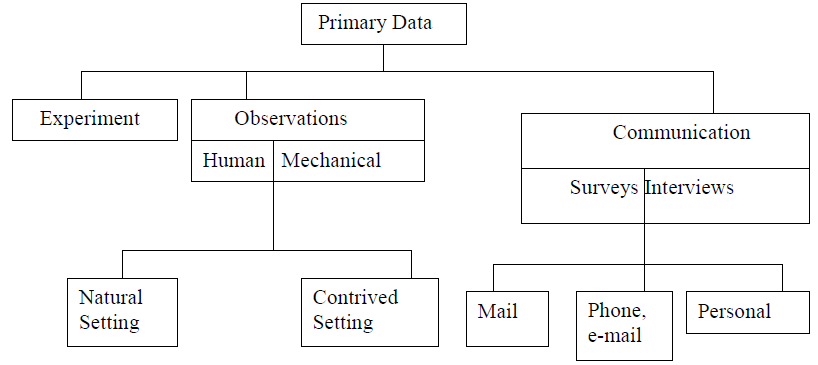
Fig 2.1: Sources of primary data.

Fig 2.2: Sources of secondary data.
According to Walliman (2005), these are information obtained from libraries and archives, museums and collections, government departments and commercial professional bodies, the internet, and the field. Ghauri and Gronhaug (2005) also made important remarks to show the importance of secondary data in addressing our research problems by their statement —- “do not bypass secondary data. Begin with secondary data, and only when the secondary data are exhausted or show diminishing returns, proceed to primary data” (Ghauri and Gronhaug, 2005). There are two main divisions of secondary data: Internal data and External data. Fig 2.2 explained these sources further.
LITERATURE REVIEW
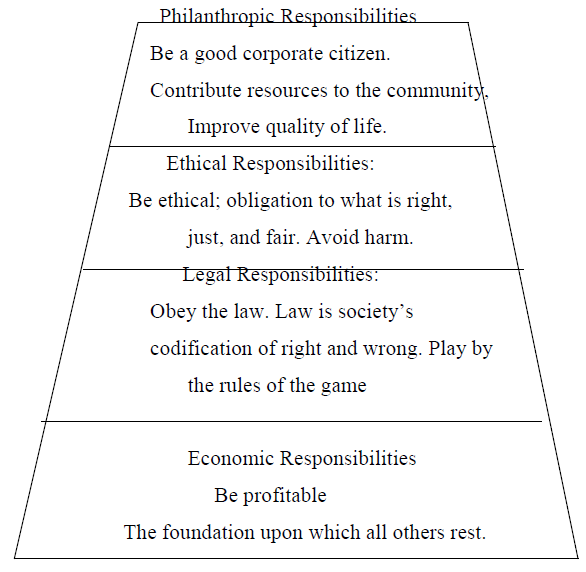
Fig 3.1 The pyramid of Corporate Social Responsibility.
This is supported by Milton Friedman and is of the view that the only social responsibility of businesses is to make profits for its owners. According to Friedman, corporate managers are the agents of the principal or owners, and their obligation is to do what the principal (owners) want.

Fig 3.2: Stakeholders.
This sees the corporation as constituting of the various groups that have interests or a stake in their conduct. The view sees the corporation as a community.
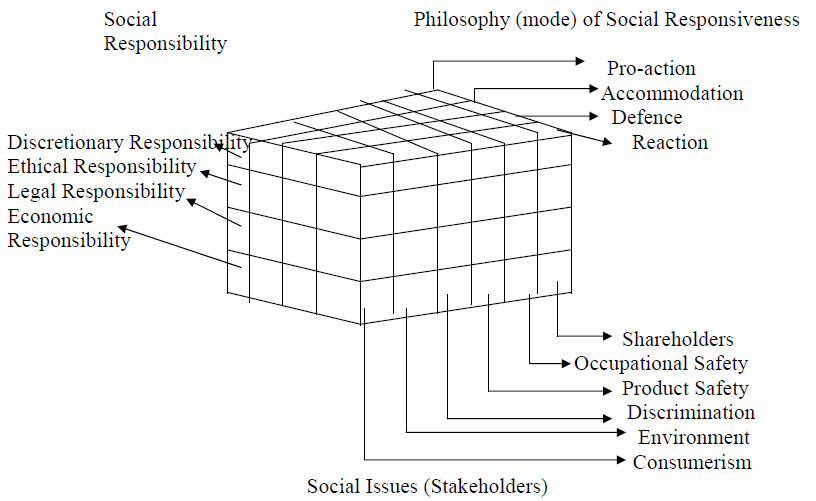
Fig 3.4 Carroll’s Corporate Social Performance Model.
This is the action phase of management response in issues of social importance. It marks the management task of doing what it has decided to do. This concept stresses on performance rather than an assumption of obligation. According to Epstein, “Responsiveness is a part of the corporate social policy process. The emphasis is in the individual and organizational processes for determining, implementing, and evaluating the firm’s capacity to anticipate, diverse claims and expectations of internal and external stakeholders”.
DATA ANALYSIS AND FINDINGS
Selection of interviewees
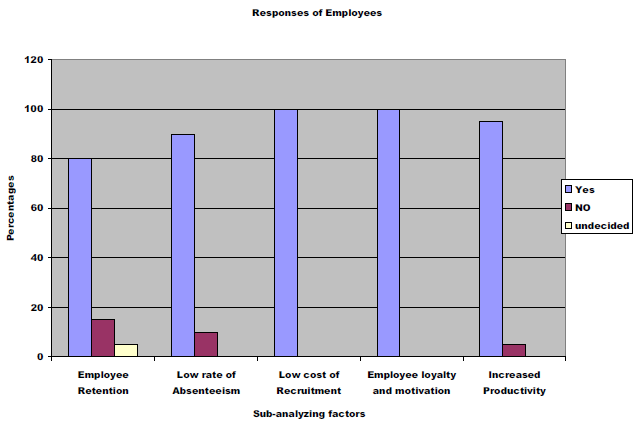
Fig 4.1: Responses of Employees.
We conducted an average of one interview per company or organization visited bringing it to total of 15 interviews in this section. We made use of the semi-structured interview model which enabled us to probe further while following our scheduled questions orderly.
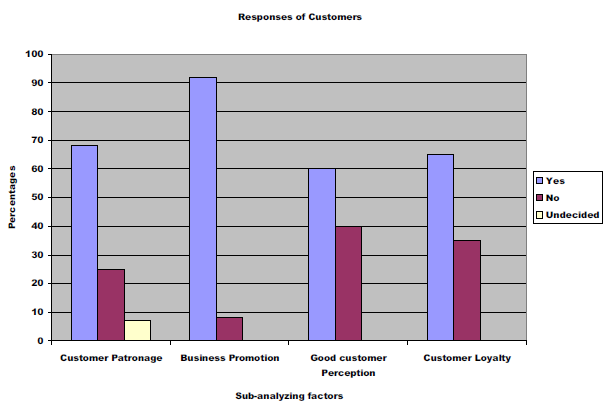
Fig 4.2: Responses of customers.
After interviewing the employees, we asked them about their customers to enable us make a targeted interview. We were obliged and that made things easier for us. In this section we interviewed a total of twenty respondents.

Fig 4.3: Responses of Suppliers.
In this section, we visited a lot of suppliers of the various companies and organizations already interviewed but only a few complied. In all, we were only able to interview seven of them.
CONCLUSIONS AND RECOMMENDATIONS
From the analyses of our findings from primary and secondary sources of data, a higher percentage of the respondents spoke in favor of the analyzing factors that we employed in this research. Since such factors are those that ensure growth and development of any firm or organization, it then goes to say that organizations stand to benefit immensely from their discharge of good CSR measures.
Our research is in consonance with our literature review which outlined a lot of benefits accruable from the practice of this very important new dimension of business activity. We believe that with this study, more emphasis will now be laid on CSR as another way of achieving company and organizational goals.
Furthermore, while carrying out our research generally on the effects of CSR on employees, customers and suppliers’ relations and their correlation to company or organizational growth and development, we came up with an interesting order according to the percentage of respondents. This led us to note that a CSR measure favorable to the employees increase growth and development most. This is followed by that favorable to the customers, and finally the suppliers. This can give companies or organizations a clue of where to start the implementation of their CSR measures to ensure a speedy growth and development.
Source: BTH
Authors: Iwunze Ikechukwu Donatus | Ezenwankwo Chijioke Jude